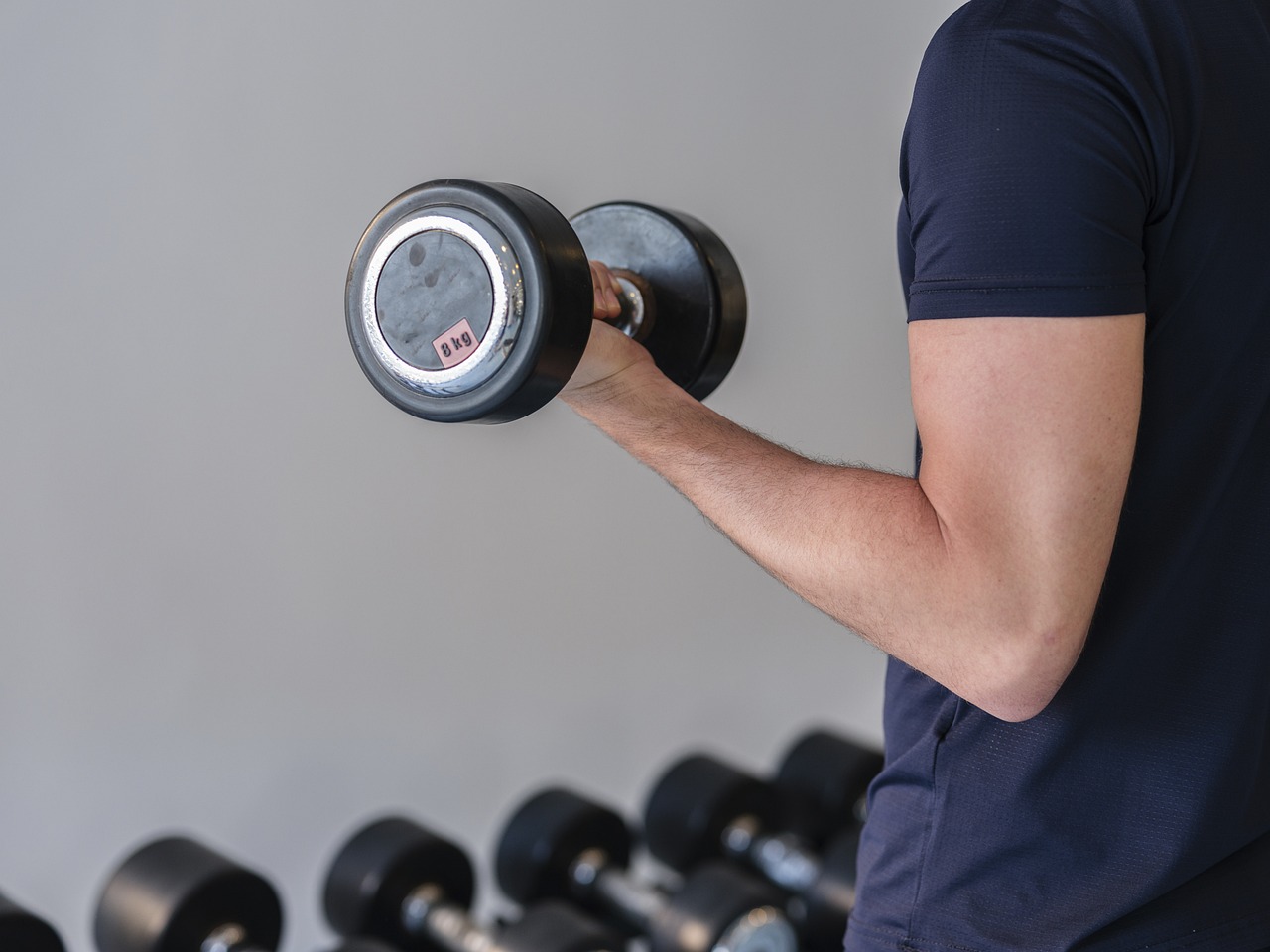You use them when you go to the gym. You use them when you play your favorite sport. You even use them when you’re sleeping.
What are they? Your muscles, of course!
It’s easy to take these fundamental parts of our body for granted. But have you ever wondered: How do muscles work, exactly? And what’s the best way to take care of yours?
We’ll discuss this topic in detail below, so keep reading!
Muscle Anatomy 101
Muscles are among the greatest unsung heroes of our body. They facilitate movement, give us strength, and let us accomplish incredible tasks.
But what are they?
Your muscles are intricate soft tissues made of bundles of muscle fibers, nerves, and blood vessels. They come in three types: skeletal, cardiac, and smooth muscles.
Skeletal muscles, attached to bones by tendons, are responsible for voluntary movements like walking or lifting objects. Smooth muscles control involuntary movements in organs within the digestive system. Cardiac muscles form the heart, ensuring it pumps blood continuously throughout the body.
Each skeletal muscle comprises thousands of muscle fibers grouped into fascicles. Muscle fibers consist of myofibrils. These tiny threads contain proteins responsible for muscle contraction: actin and myosin.
Put simply, it’s the “sliding” of these filaments past each other during contraction that acts as the basis of muscle movement.
So How Do Muscles Work?
Muscle movement involves a complex process called the sliding filament theory.
When your brain sends a signal to move, nerve cells called motor neurons transmit electrical impulses to the muscles. This triggers the release of calcium ions, allowing actin and myosin filaments to interlock. In turn, this causes the muscle to contract.
During relaxation, the calcium ions return to their storage sites. This allows the filaments to separate and the muscle to return to its original state.
Muscles almost always work in pairs — for example, your arm’s bicep and tricep muscles. As one contracts (the agonist), the opposing muscle relaxes (the antagonist). This facilitates movement in opposite directions, providing stability and control.
How Can I Take Good Care of My Muscles?
For starters, it’s vital to exercise regularly. A balanced exercise routine includes strength training, cardiovascular exercises, and stretching. This helps maintain muscle strength while building endurance and flexibility.
Next, take in a well-balanced diet rich in protein, essential vitamins (like D and E), and minerals (such as calcium and magnesium). All of these work together to support muscle function and repair.
Like all body processes, water is essential for proper muscle function. Dehydration can lead to fatigue and cramps, so always drink an adequate amount of water (8+ glasses) daily.
You also need to allow your muscles time to recover after physical activity. Aim for 7-8 hours of sleep each night and don’t forget to incorporate rest days into your exercise routine.
Regular massage therapy can also do wonders to alleviate muscle tension and improve your physical performance.
Treat Your Hard-Working Muscles to a Massage
Has all this talk of muscles made you aware of tightness and tension in your body?
If it’s been awhile since your last massage, why not do something great for your muscles (and the rest of you too)?
Book your next session at our beautiful Avon studio or give us a call to find out about the many types of massage we offer. We look forward to seeing you soon!

